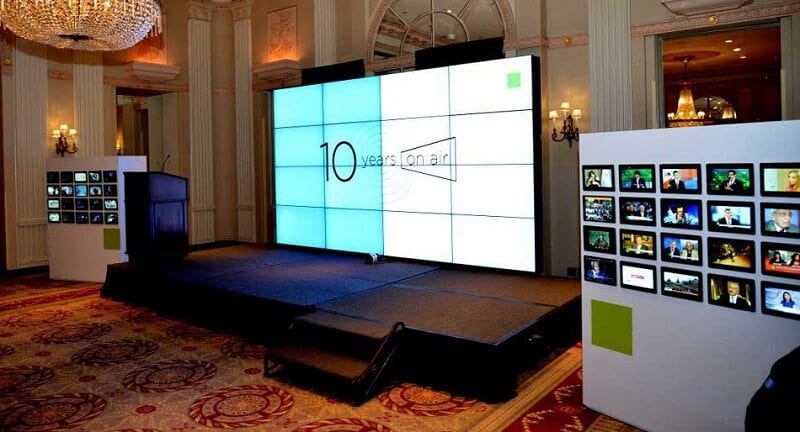Maximizing Visual Impact Through Tactical Material Scheduling in LED Display Performance
Wiki Article
Enhancing aesthetic impact during light-emitting diode screen shows demands meticulous preparation and strategic content scheduling. LED screens represent powerful tools for visual storytelling, often used during concerts, gatherings, plus displays. The efficacy of these displays depends not only just upon the quality of the visuals but additionally upon how and when they are shown. By understanding the audience's attention span plus the rhythm of the occasion, event planners can craft a more engaging encounter that captivates spectators plus improves the total show.
One key aspect of strategic content scheduling is timing. It is vital to align the images to the rhythm and tempo of the performance. For instance, during a musical show, images should enhance the rhythm and atmosphere of the music. This alignment aids to forge a unified experience that pulls the viewers closer. Additionally, it is crucial to take into account the length of each visual segment. Short, impactful segments can sustain viewer interest, while longer visuals may be suitable for instances of contemplation or sentimental bonding. By altering the length and intensity of the visuals, organizers can maintain the viewers engaged during the performance.

Another crucial element is the material itself. The visuals displayed on the LED screen should be pertinent to the concept of the show. This relevance helps to reinforce the message being conveyed plus renders the encounter more unforgettable for the audience. For example, if the performance is about environmental awareness, using images that illustrate the environment and animals can amplify the narrative. Furthermore, adding lively features, such as motion graphics or engaging visuals, can introduce thrill and keep the audience's attention. The right content, presented at the right time, can significantly elevate the effect of the show.
Viewer engagement is also a crucial consideration in content scheduling. Understanding the demographics and preferences of the audience can inform the choice of images. For example, a youthful audience may react better to vibrant colors and fast-paced animations, while an older audience might appreciate more subtle and sophisticated visuals. By tailoring the content to the audience's interests, organizers can create a more personalized encounter that connects with viewers. Additionally, adding viewer involvement, such as real-time surveys or media engagements, can additionally improve involvement and render the show more engaging.
Finally, assessing the efficacy of the visual timing is essential for future performances. Gathering feedback from the audience can provide valuable insights into what worked successfully plus what could be enhanced. This data can assist event planners look at this site improve their strategies and make knowledgeable choices for upcoming events. By continuously assessing and modifying the visual timing strategy, event planners can amplify the visual impact of LED wall performances and create memorable encounters for their audiences.